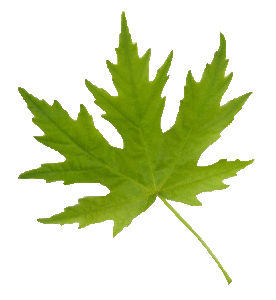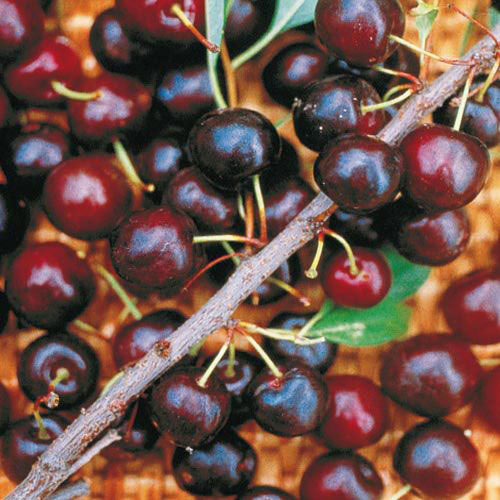
Hansen’s Bush Cherry
Prunus besseyi
USDA 3-8
Common Names: Sand Cherry, Bessey’s cherry, American cherry or beach plum
Mature Height/Spread: 4-7′ shrub
Soil/Climate: Cold hardy, zones 3-8. Prefers loamy soils. Full sun.
Pollinators: Self-Fertile
Notes: Excellent wildlife food, deer will browse, Songbird attracting, great decoy crop for stone fruits. Good fresh eating or for jelly. Seeds and leaves poisonous.
Links: http://magazine.outdoornebraska.gov/2015/06/nebraskas-hidden-fruit-the-sand-cherry/
https://www.friendsofthewildflowergarden.org/pages/plants/westernsandcherry.html
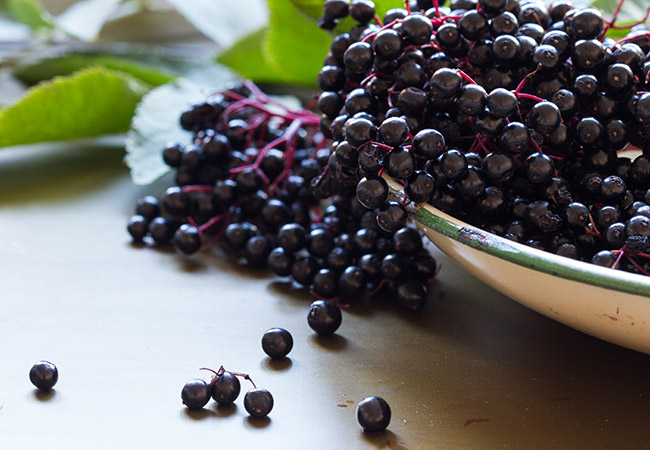
Elderberry
Sambucus canadensis
USDA 4-9
Common Names: American elder, sweet elderberry, blackberry elder
Mature Height/Spread: 5-12 ft high and 5-12′ spread in ideal conditions.
Soil/Climate: Prefers moist, fertile soils. Elderberry is found mostly throughout the eastern and midwestern United States. Often found in ditches and bordering waterways especially facing south and west.
Pollinators: Self-Fertile
Notes: Makes excellent jelly, historically used as powerful anti-flu and cold medicine. They make excellent wildlife harborage and food sources. Stems and leaves are poisonous.
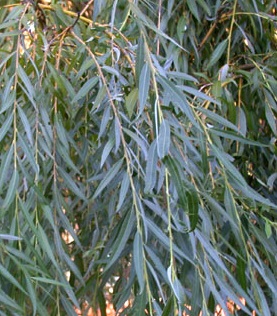
Weeping Willow
Salix babylonica
USDA 6-9
Common Names: Weeping Willow, S. pendula.
Mature Height/Spread: 30′ – 40′ tall, 35′ spread.
Soil/Climate:
Pollinators:
Notes: Graceful and refined, easily recognized by its open crown of ground-sweeping branches. Leaves are light green above, grayish-green beneath. This willow grows especially well near water. Can grow 24” a year. Makes for a great staple addition to fodder eating ruminants. Stems useful in basket weaving. Used often to create artist’s charcoal. Roots are fibrous and abundant, helpful in stabilizing soils. Shoots and stem tips make excellent natural rooting hormone.

White Mulberry
Morus alba
USDA 4-9
Common Names: Russian mulberry, white mulberry
Mature Height/Spread: 35’-80′
Soil/Climate: Native to northern China and is widely cultivated and naturalized elsewhere. Russian mulberry is a very hardy and drought tolerant tree. It can grow on most soils.
Pollinators: The species is monoecious (individual flowers are either male or female, but both sexes can be found on the same plant). The plant is self-fertile.
Notes: Excellent fodder species for herbivores and ruminants. High protein leaf that retains protein late into the season. Excellent shelterbelt and wildlife food source. Grapes grown on white mulberry suffer less fungal issues. The fruit is sweet but bland, unlike the more strong flavor of the red mulberry. White mulberry leaves are the preferred feedstock for silkworms throughout the warm temperate world, and are also cut for food for livestock (cattle, goats, etc.) in areas where dry seasons restrict the availability of ground vegetation. The fruit are also eaten, often dried or made into wine.
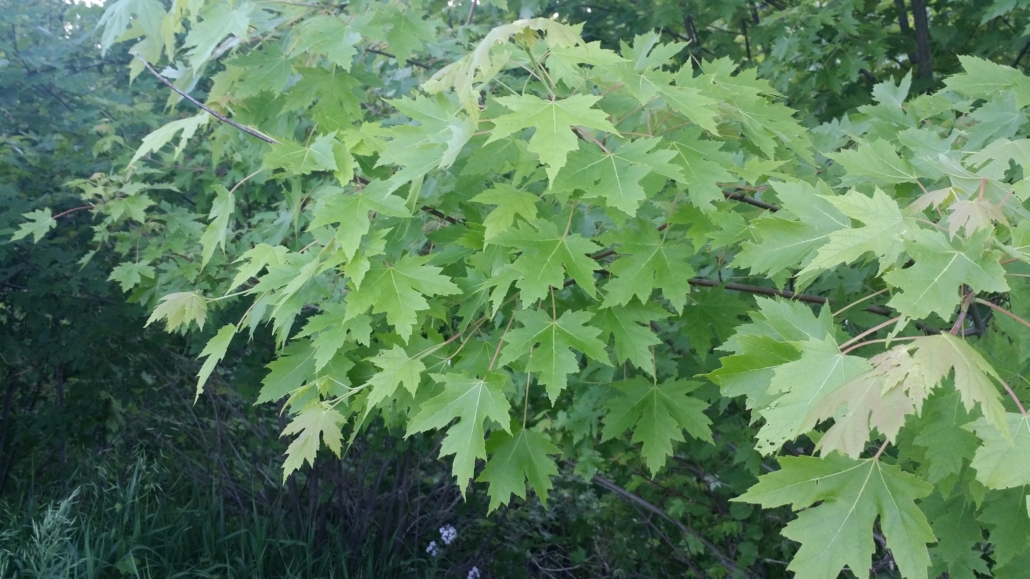
Silver Maple
Acer saccharinum
USDA 3-10
Common Names: Smooth Maple, Soft Maple, River Maple
Mature Height/Spread: 60-80’ tall
Soil/Climate: Likes moist soils but can grow in a range of climates and soils.
Pollinators: Self Fertile
Notes: Homesteaders can grow this through almost all of the USA to produce their own maple syrup. The Silver Maple gets its name from the Leaves being green on top and silvery-white on the underside. The roots are shallow and fibrous making it easy to transplant. The silver maple is closely related to the Red Maple, and can hybridise with it. It can quickly resprout itself and if not pruned, it will often grow with multiple trunks. It is widely used as an ornamental tree because of its rapid growth. Makes a good shade tree.It is not highly colorful in fall.
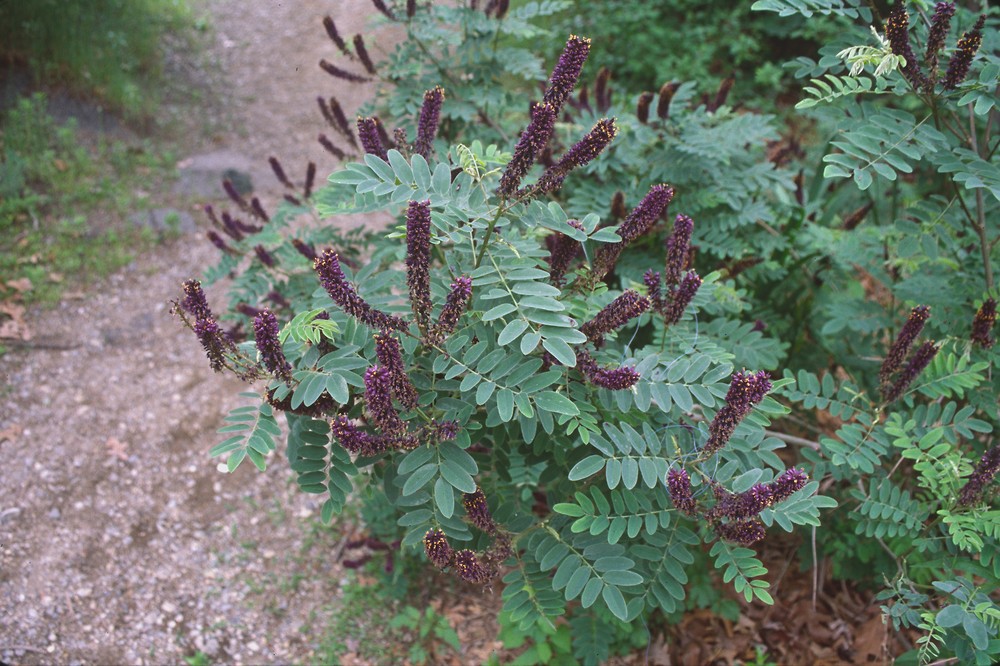
False Indigo
Amorpha fruticosa
USDA 4-9
Common Names: desert false indigo, false indigo-bush, bastard indigobush, indigo bush
Mature Height/Spread: 5-15′ tall
Soil/Climate: Amorpha fruticosa is a deciduous nitrogen fixing shrub in the legume family. Found wild in most of the contiguous United States, southeastern Canada, and northern Mexico and introduced to Europe. Asia and other continents. It is often cultivated as an ornamental plant. It has minor edible use and some additional uses including: Bedding; Dye; Insecticide; Oil; Repellent; Shelterbelt; and Soil stabilization. Suitable for sandy and loamy soils, prefers dry or moist soil, can grow in nutritionally poor soil and tolerate drought. Makes a good highway shrub due to its high tolerance of salt. Full sun to partial shade.
Pollinators: Self-Fertile
Notes: Nitrogen fixing shrub, fast grower that is great for chop and drop mulching. Nectar from flowers attracts bees, butterflies, and other nectar eating insects. Flowers smell of vanilla and look similar to black locust. Good candidate for nectary plantings. Caution with livestock, reported to be toxic. Sends suckers and dominates a soil area around the plant with shallow roots
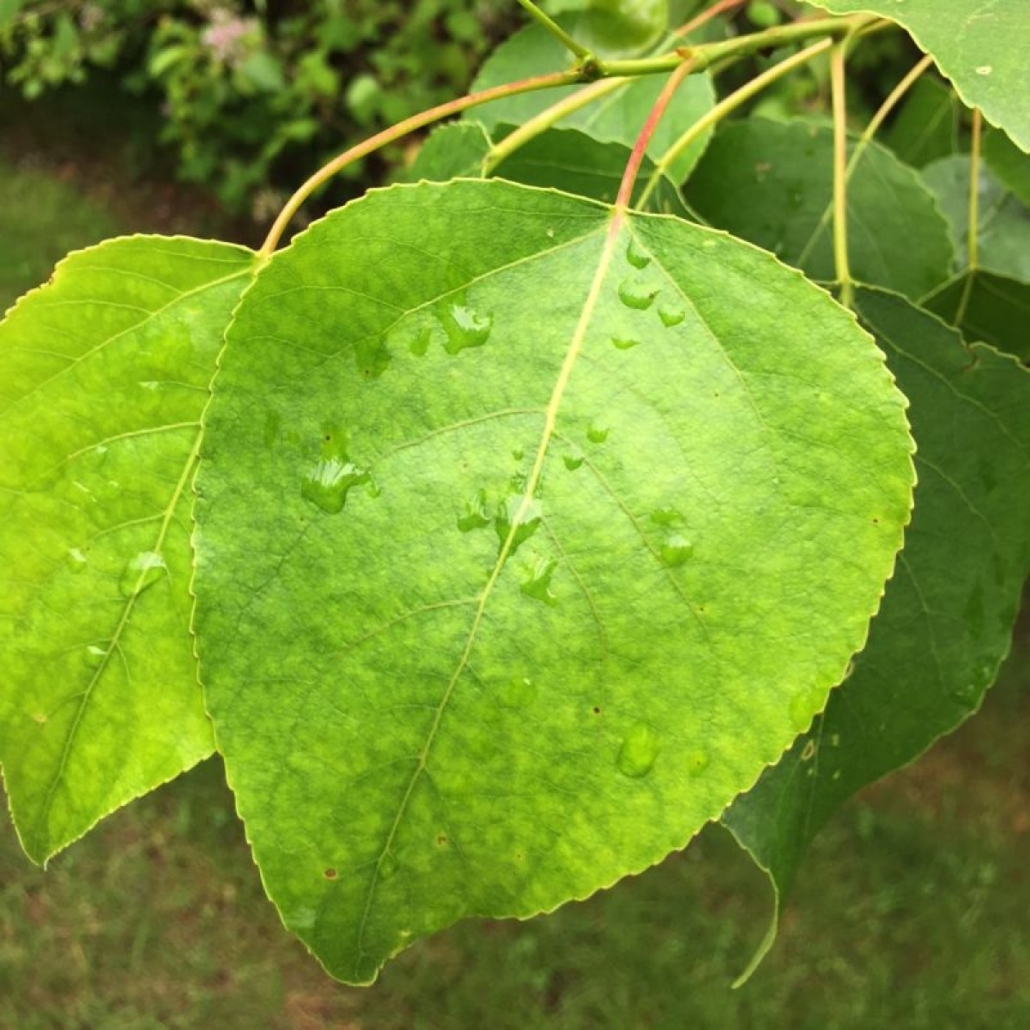
Hybrid Poplar
(Populus deltoides x Populus nigra.. etc…)
USDA 3-9
Common Names: Hybrid Poplar
Mature Height/Spread: 40′ to 50′, 30′ spread.
Soil/Climate: Grows in acidic, alkaline and wet soils.
Pollinators: Self Fertile
Notes: A very fast-growing tree, up to 5 to 12 feet per year. Has silvery-green leaves and broad shade-tree shape. Usually planted for very fast shade. Also used as high growth tree hay and as fresh cut and carry leaf fodder for livestock.
As an energy source the hybrid poplar was found to be the most productive tree in North America at nearly 60 million BTUs per acre per year, vs. only 38 million for oak. Hybrids produce about 8,600 BTUs/lb., slightly more than most of the common firewood types. Can be harvested for firewood in 5 to 7 years. Firewood and heating source.
https://ir.library.oregonstate.edu/downloads/mp48sh17r
http://www.fao.org/forestry/21644-03ae5c141473930a1cf4b566f59b3255f.pdf
https://www.grassland.org.nz/publications/nzgrassland_publication_2605.pdf
https://silvopasture.ning.com/forum/topics/forage-fodder-from-trees
https://core.ac.uk/download/pdf/159587015.pdf
https://www.fsa.usda.gov/Assets/USDA-FSA-Public/usdafiles/Energy/BCAP/bcap_9_fact_sheet.pdf
https://conservancy.umn.edu/bitstream/handle/11299/219608/NRRI-TR-2021-16.pdf?sequence=3
http://timbergamemanagement.blogspot.com/2010/11/tree-of-week-hybrid-poplar.html
https://www.motherearthnews.com/sustainable-living/renewable-energy/hybrid-poplars-zmaz80jazraw/
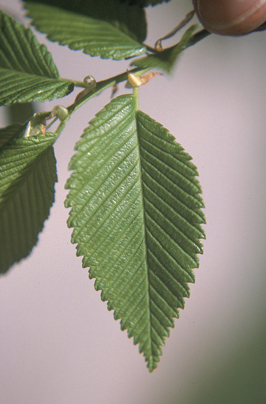
American Elm
Ulmus americana
USDA 2-9
Common Names: American elm, white elm, water elm, soft elm
Mature Height/Spread: 100’ tall.
Soil/Climate: Grows in most soils, most commonly bottomlands and floodplains, but can also thrive in well drained soils.
Pollinators: Self Fertile
Notes: Grows almost anywhere in the USA, widely adaptable. Most common in bottomlands and flood plains it also thrives in well drained soils. If not adversely affected by dutch elm disease can live for several hundred years. Makes a good fodder leaf for many animals. Much work is being done with the American Elm to bring it back from the brink similarly to American Chestnut.
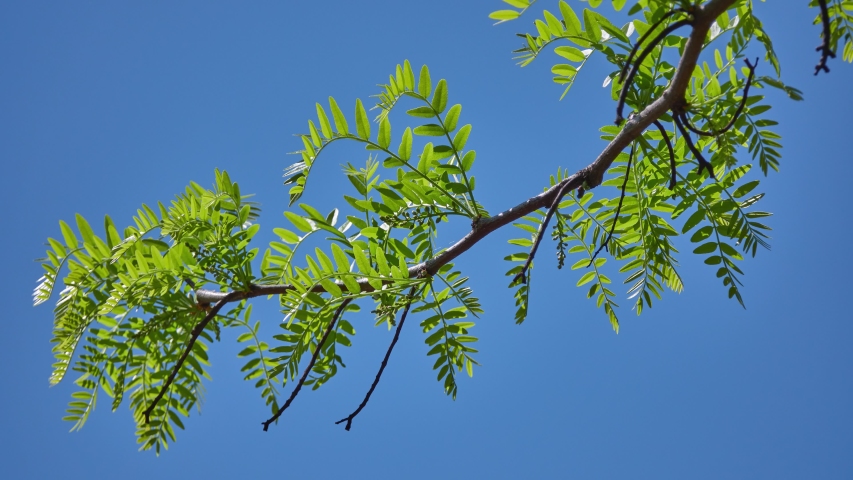
Thornless Honey Locust
Gleditsia triacanthos
USDA 4-10
Common Names: Honey Locust
Mature Height/Spread: 30’-70’ tall.
Soil/Climate: Drought tolerant, highly adaptable and hardy.
Pollinators: Self Fertile
Notes: One of those trees that you love or you hate! But luckily this one is thornless! Produces highly palatable and sweet edible pods. Sheep can digest the seeds however cattle cannot. If the seed spreads, it will produce thorned honey locust and lemme tell you they are the most wicked looking thorns you’ve ever seen! With that said, it’s another good cut fodder for most livestock. Bright yellow fall color. Commonly used shade tree. Fast grower.
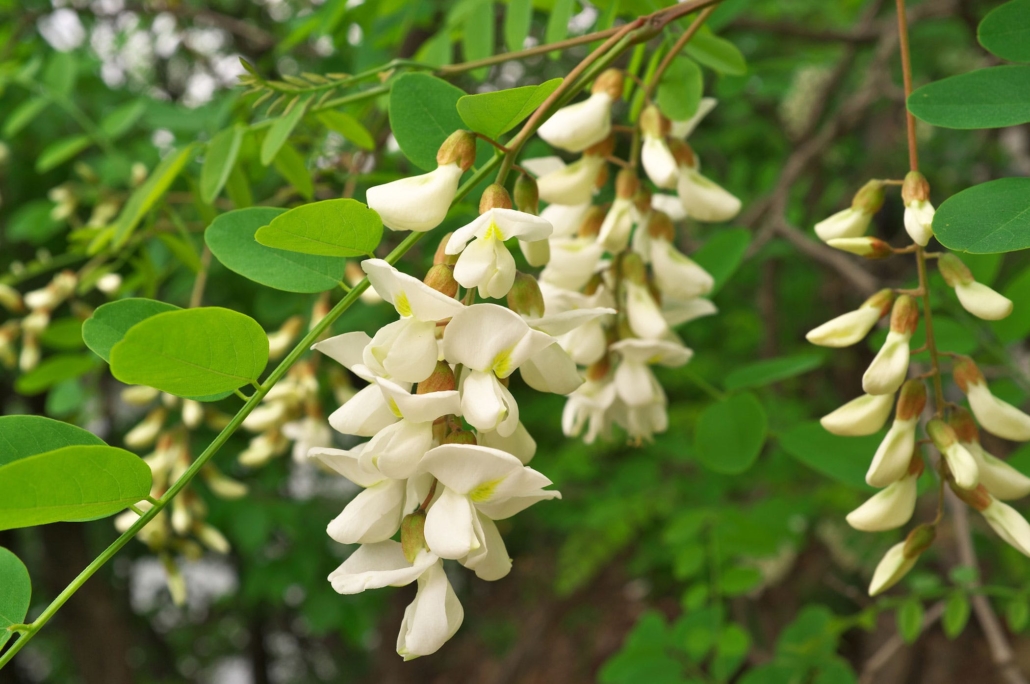
Black Locust
Robinia pseudoacacia
USDA 3-9
Common Names: Yellow Locust
Mature Height/Spread: 40’-80’ tall can sucker from roots
Soil/Climate: Native to the south eastern USA, likes full sun and tolerant of most soils. It is known to be nearly bulletproof in terms of hardiness.
Pollinators: Self Fertile
Notes: Has delicious flowers in the springtime that honeybees absolutely devour. Makes one of the most famously hard and strong fence posts known. If trained properly it can make excellent clear beams for construction. Very hard wood with high BTU for wood heat. However it does have notoriously sharp and hard thorns that will destroy tractor tires if you’re not careful. This is one of those trees that you need to be careful about bringing onto your property. They reseed and also send out runners underground. It can be maintained and kept in check with regular mowing but this is not recommended for the novice. Trials of this fodder with meat goats have shown excellent potential even over white mulberry for the sheer amount of leaf mass available for browse. Has excellent potential for the woodlot as well as fodder.

Hybrid Willow
Salix x sp.
USDA 3-10
Common Names: Hybrid Willow
Mature Height/Spread: 50’-70’ tall. Grows 12′ per year
Soil/Climate: Widely adaptable and hardy, prefers moist to wet soils.
Pollinators: Self Fertile
Notes: Extremely fast growing willow hybrid. Widely adaptable to most soil types and conditions. Does best in moist to wet environments, tolerates seasonal flooding. Excellent root net enables very effective erosion control.
